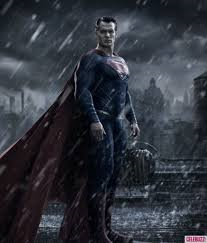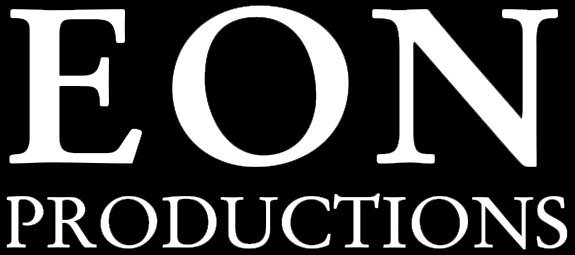
Over the past week, the name of director Christopher Nolan came up — again — in regards to Bond 26.
In November, Nolan gave an interview to The Associated Press where he said he wasn’t directing Bond 26. “No, sadly, no,” he said.
You might think that’d close the door, yet again. Nolan’s name has come up in connection with Bond 24 (SPECTRE), Bond 25 (No Time to Die), and Bond 26 (whenever that comes out).
Oh, no. The Hot Mic podcast had a Jan. 5 episode where a host said he had sources indicating Nolan and Eon Productions boss Barbara Broccoli talked for a while but didn’t see eye to eye. It was an aside lasting a few seconds.
Then, Baz Bamigboye (formerly of the Daily Mail) had a rambling Jan. 8 story at the Deadline entertainment website about parties after the Golden Globes awards. The intrepid scribe caught up with Nolan and asked the Bond 26 question. Nolan told the writer: “Pure bollocks.”
Naturally, the blog has questions.
Is there a bigger meaning to all this?
Not really. A marriage between Eon and Nolan was always going to be hard.
Nolan is used to doing things his own way. He is the 21st-century equivalent of Stanley Kubrick, another auteur who did things his own way, regardless of genre. Nolan also does his movies through his Syncopy production company and his wife, Emma Thomas, acts as his producer.
Whatever contacts Broccoli and Nolan had (or did not have), we’re talking about oil and water. Nolan is a Bond fan. But he was never going to give up his status.
Where do we go from here?
Some fans have already moved on. Actor Aaron Taylor-Johnson posted a photo of himself running in Jamaica on Instagram. Some fans say that’s a sign the actor will be the next Bond actor. A year ago, Taylor-Johnson’s announcement as Bond supposedly was imminent. That didn’t happen. But hope springs eternal.
Is that a cynical attitude?
No. Just realistic.
Filed under: James Bond Films | Tagged: Barbara Broccoli, Baz Bamigboye, Bond 26, Christopher Nolan, Deadline, Emma Thomas, Eon Productions, Syncopy, The Hot Mic podcast | 3 Comments »






